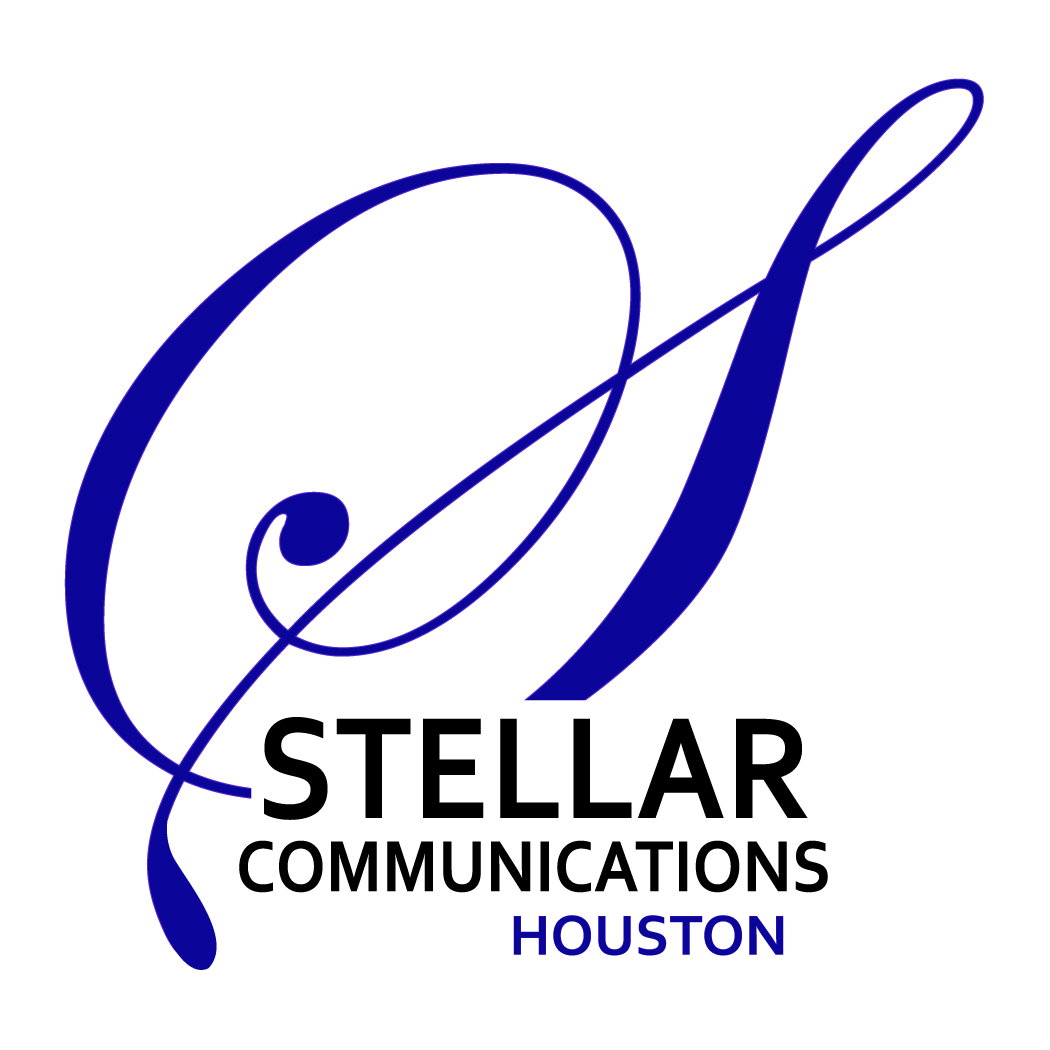Did you know before Elvis became the King of Rock ‘n’ Roll, he was training to be an electrician? He earned $1 an hour driving a Crown Electric supply truck to finance his studio time before becoming a full-time musician.
Maybe that inspired Joe Crisara to launch his business book at Graceland, Elvis’ legendary Memphis home. Joe was once a struggling home service contractor with a failing business. But when things looked most bleak, he had an aha moment that changed his life and skyrocketed his business. Today, he’s a worldwide educator and entrepreneur who has trained thousands of contractors to triple their revenue with his Pure Motive Service approach.
I joined Joe in Memphis to help launch and celebrate his new business book, What Should We Do? It’s the definitive home services sales guide that helps blue-collar workers live the life they always imagined.
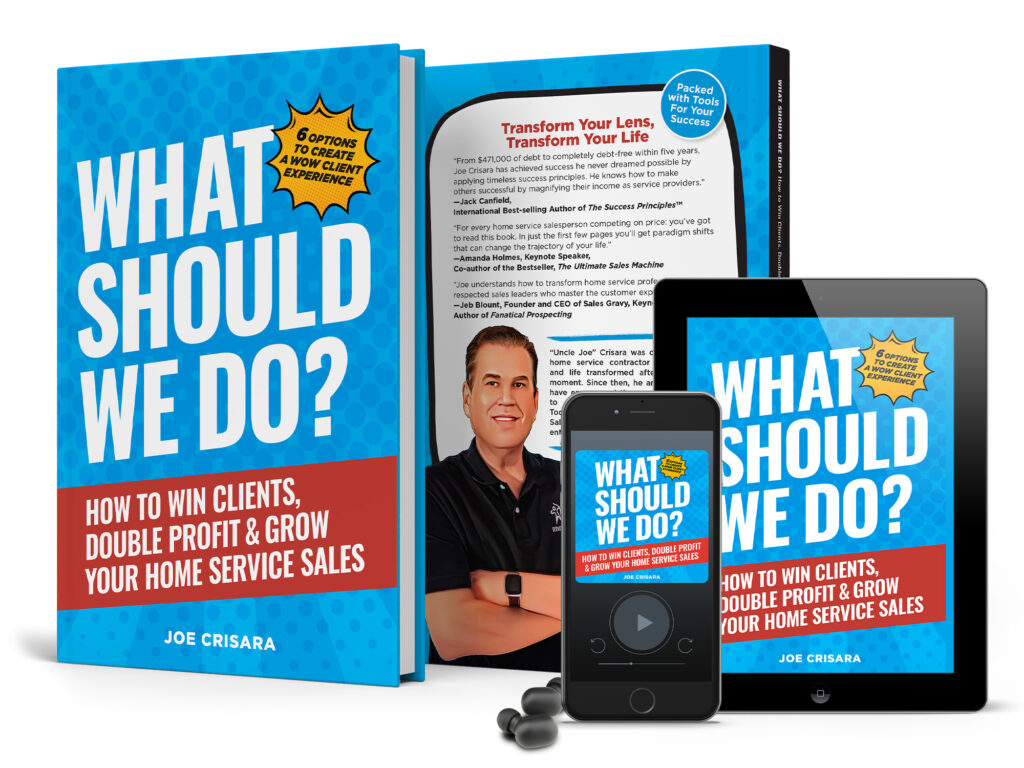

Want a backstage pass to his business book launch?
If you’re publishing a nonfiction book or promoting a nonfiction book, you’ll want to coordinate six aspects of a complete marketing and PR campaign. Here’s a tour of the campaign for What Should We Do?
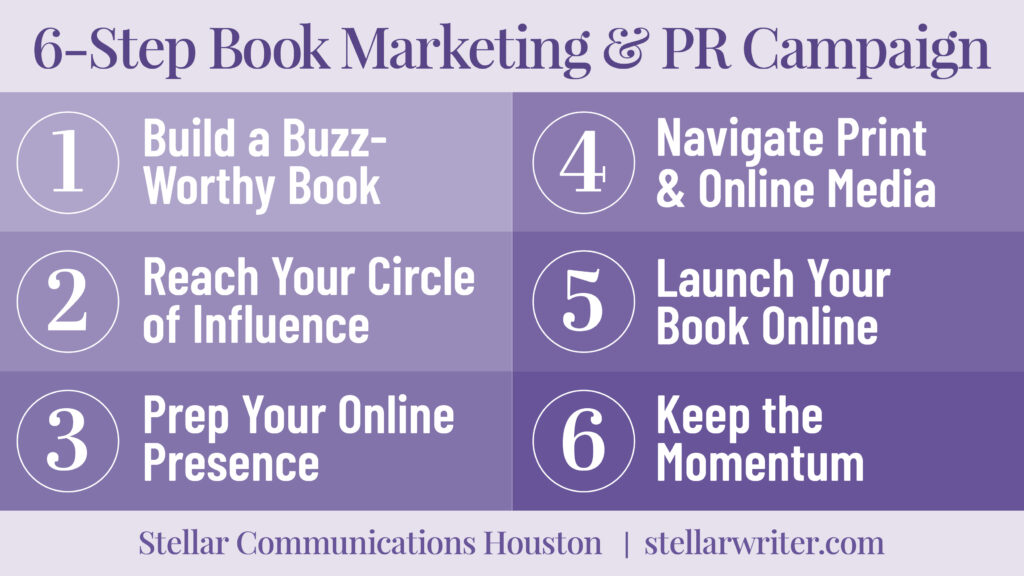
#1 Build a Buzz-Worthy Book
A successful book campaign starts with a marketable manuscript.
Begin by clarifying your mission, target audience, and goals. This foundational exercise will shape your story so that it appeals to your audience. It’ll align the efforts of your ghostwriter, publishing team, and marketing team.
Then, define your promise to the reader, call to action, and lead magnet. It’ll help inspire a connection with your reader in which you offer generous value in exchange for a desired response.
To boost the marketability of Joe’s book, What Should We Do? features impressive endorsements, callouts of compelling takeaways, bonus resources, and a free quiz that leads readers to his Service MVP app.
Helena Bouchez, a nonfiction business book strategist, developmental editor, and co-writer at Executive Words, says most business books have one thing in common – and one main differentiator:
“The most common reason business leaders write books is that they have created a successful business, framework, or practice and they want to share their process with others so they can use it to create success. Those book types (how-to) are automatically marketable because it solves a problem for the reader, which is not knowing the path to success.
What will differentiate it from other books in this genre is how well that information is conveyed. My best tip is to find an editor to partner with who will act as your reader’s advocate. An editor will make sure that the advice and expertise included in your book are clearly communicated and actionable. And there is nothing more marketable than a how-to book that anticipates the needs of the reader and proactively addresses them.”
Another tip from Helena:
“Show rather than tell with stories that allow us to experience your approach in action. Make sure you show us the bad and ugly, not just the good. Why? Because the human brain knows life (and business) is hard and if all you write about is sunshine and roses the reader’s B.S. meter will redline and your credibility will be lost.”
#2 Reach Your Circle of Influence
The second step in book marketing is identifying the people who can help you spread the word about your book.
Begin by brainstorming all the people and organizations you know. Look through your contact lists, social media networks, and even old emails. List neighbors, sports clubs, board members, nonprofit leaders – anyone connected to you or your topic.
Next, categorize each person or group on your list. Are they fans or influencers? Fans are people you’re already connected with who will buy your book. Influencers can persuade strangers to buy your book.
Assign calls to action based on their categories. There are many ways your circle can help before, during, and after your book launch. You could ask people to write an endorsement, place a bulk book order, or post an Amazon review. Think about how their involvement can be a win-win.
Joe’s fans were rounded up into an online launch group to encourage Amazon reviews. Influencers in Joe’s industry received custom boxes filled with swag to stir excitement and invite involvement.
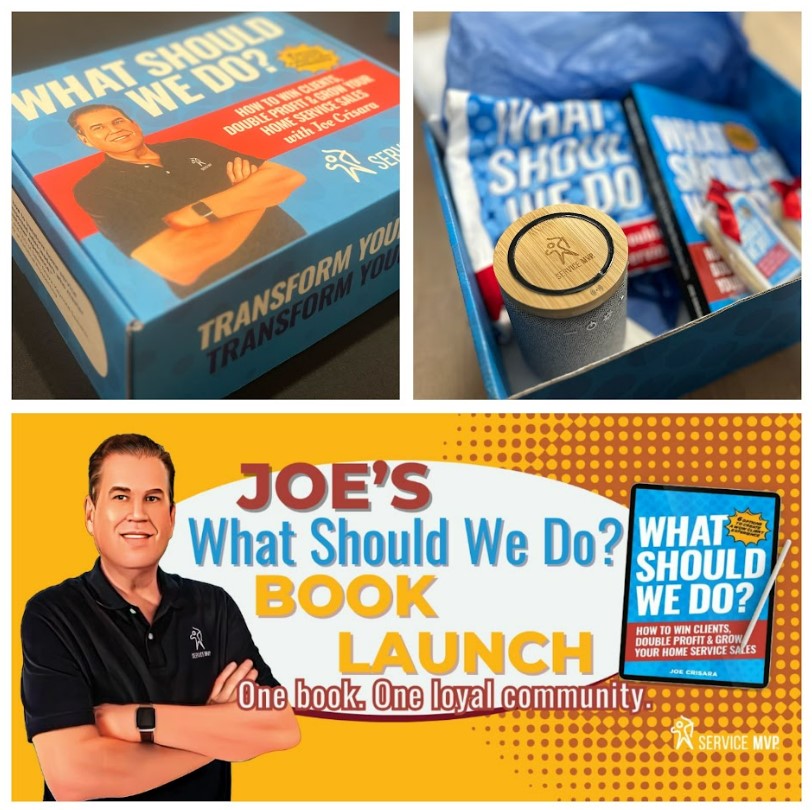
#3 Prep Your Online Presence
The third step of book marketing is to align your print book with your online presence.
“It’s the cost of doing business in the digital era,” says Danielle Kendra, the strategic website designer behind DK Creative. “Build an engaging digital storefront that authentically reflects your personality and writing style and lets you connect directly with readers, the media, and influencers.”
Your online presence encompasses your platform plus borrowed platforms.
Your platform is your media empire. It’s all the content that you generate, including your website, blog, and/or podcast. Develop a lead magnet, newsletter, and email funnel that directs and nurtures your reader’s journey through your content.
Your website should include a Book page, an About page, and a Contact page. Your lead magnet will greet readers who jump from your book to your online platform. Also, create a media page, media kit, and speaker page to invite opportunities.
In addition to your website, borrowed platforms are those you use but don’t own. They include your social media and other sites where you share your message with the world, such as LinkedIn, Instagram, and Substack. Many authors like the ease and reach of borrowed platforms, but it’s not uncommon to find your account locked or deleted with no explanation, so continue to invest in your own platform.
Joe began with a social media audit and optimization to make sure his brand was visually consistent across all his personal platform pages and borrowed channels.
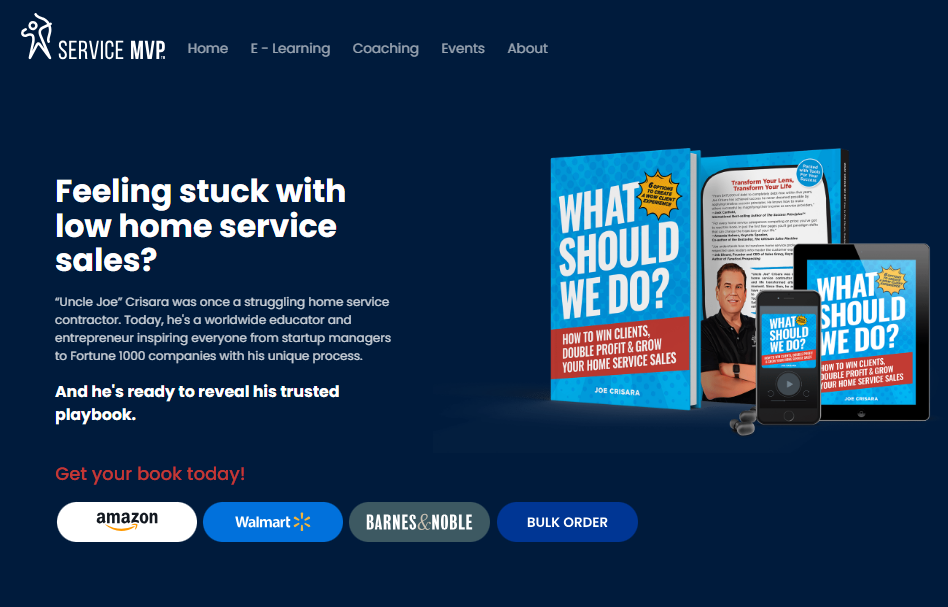
#4 Navigate the Media
The fourth step in book marketing is landing media interviews.
Interviews increase your credibility as a subject matter expert. While not all coverage leads to book sales, it can impress your readers and clients, attract speaking engagements, and lead to business opportunities.
Wes Seeley, senior publicist at PR by the Book, says, “Identify your audience. Not every book is for everyone, but there is an audience for every book! Know the traditional and social media outlets that provide content for the audience you want to reach, and focus your efforts on them.”
Pitch to radio programs, newspapers and magazines, and television programs that are relevant to your target audience. Podcasts and blogs are also powerful opportunities. Make your pitch newsworthy by tying your book release to timely topics, events, and trends.
When you land an interview, remember it’s all about serving your audience’s needs. Share generous sound bites of information without a sales pitch. And when you’re asked where your audience can learn more about you, be ready with your website and a call to action.
Joe is authoring articles, creating videos, and appearing on podcasts. Promotional packs with complimentary copies of his book are being mailed to the media, and podcasts are offered free audiobooks as a special giveaway for their listening audiences.
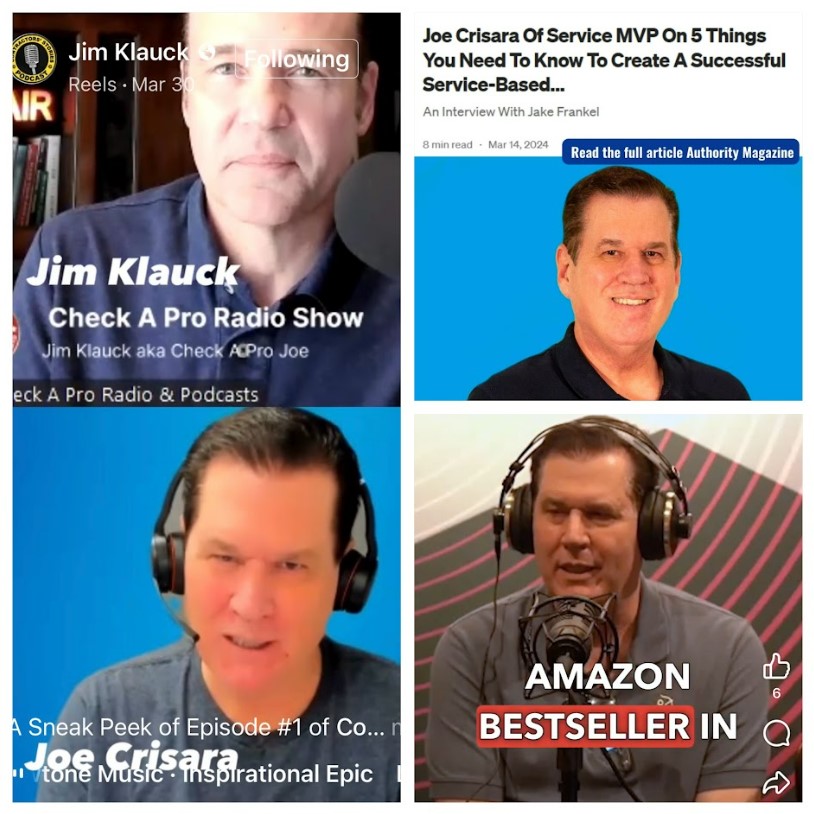
#5 Launch Your Book
When you reach your release date, your book is ready for online and direct sales. What a day!
If you’re like most authors, you’re curious about The New York Times bestseller list. Here’s the scoop:
The list is an “editorial product,” not an objective compilation of information. You’ll need about 2,000 to 6,000 book sales in a week, but it’s based on a weighted list of select stores. The algorithm has never been revealed, but independent and brick-and-mortar bookstores “count” more than online stores, merchandise stores, and book-of-the-month clubs.
There’s no official way to buy your way onto the NYT list. Bulk sales aren’t counted, so giant orders placed at Barnes & Noble are flagged and disqualified. Some authors with enough contacts have enlisted thousands of family members, friends, clients, and social media followers to purchase one or two copies at a time. Some authors who qualify have opted to pay six figures to hire a company to guarantee placement on the list.
I understand the appeal of the NYT list. If you don’t have a six-figure marketing budget, I encourage most self-publishing authors to focus instead on long-term business relationships. Reach out to your fans and influencers and elicit various calls to action. Joe’s fans were provided advance reader copies to leave early Amazon reviews, and industry influencers were encouraged to post unboxing videos and social media graphics.
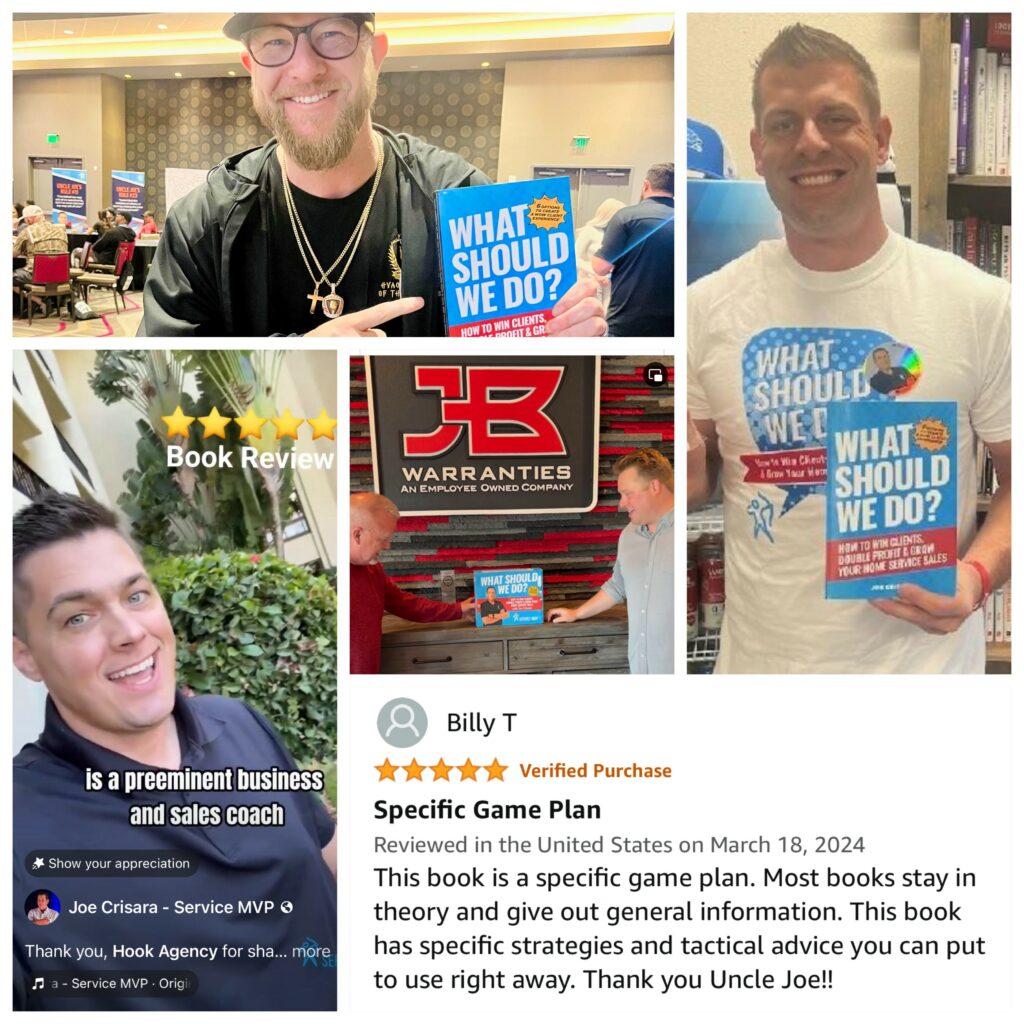
A book launch event is a great way to celebrate your accomplishment and make a big promotional splash. Consider hosting a book launch party, book signing, or summit to build your relationship with your readers. Joe’s book launch coincided with his annual True Grit summit, where he gifted attendees copies of his book.
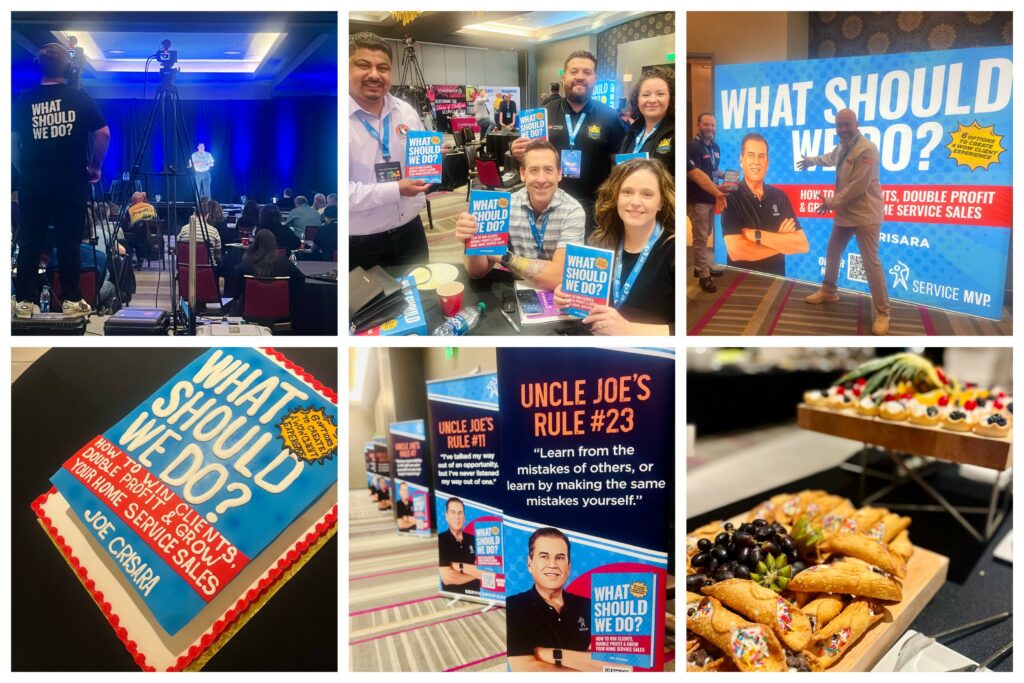
I’m also a fan of a “soft” online book launch. That’s when your book is released quietly online so you can confirm that your Amazon page looks perfect, resolve any hiccups with the printers and distributors, and get reader reviews rolling before your big announcement. It’s a smooth, stress-free approach that ensures a professional launch.
Many authors want to be an Amazon bestseller, in which case I recommend a pre-order strategy instead. It doesn’t allow trouble-shooting before your release day, but the countdown period can stir early awareness and a higher sales ranking. What Should We Do? was made available for pre-order before it debuted as #1 Hot New Release and #1 Amazon bestseller in the Service Industry.
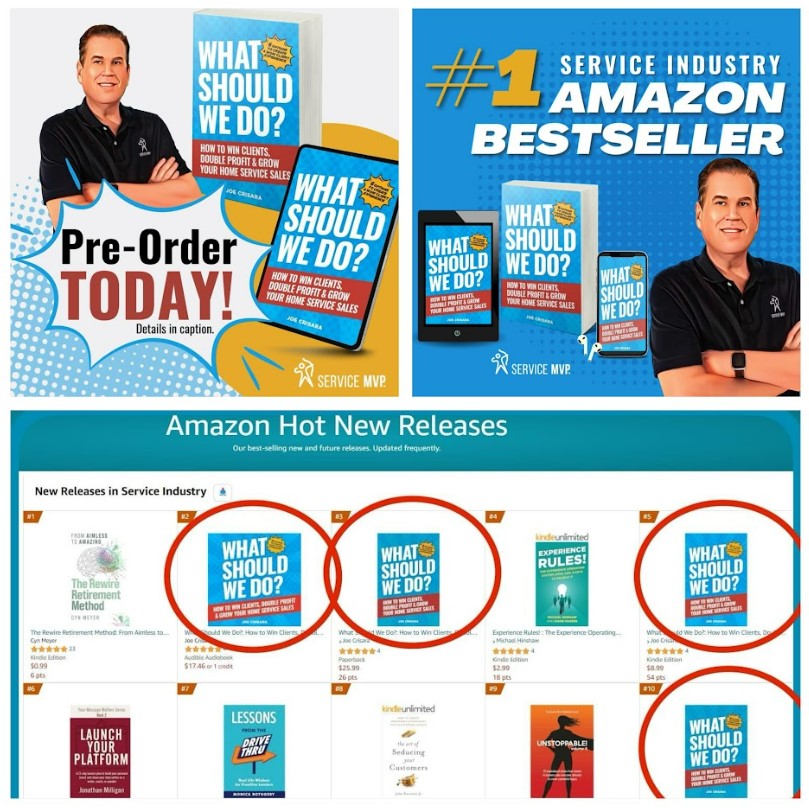
#6 Keep the Momentum
The final step in book marketing is to understand that it’s never final. The initial excitement around your book launch will eventually fade, so look for other ways to connect with your audience.
“Publishing may be the first step of a relationship with your readers, but they’ll want more of what you have to say. Continue to nurture your audience. Content is key to keeping those new relationships warm and growing,” says Kimberly Crossland, the content pro behind Roadpreneur, a newsletter for RV-loving entrepreneurs.
Authors often ask, “How often should I engage with my audience?”
My response is always: Whatever frequency you can maintain over time to reach your goals.
Book marketing should bring as much joy to you as it does to your audience. Be realistic about your desire, availability, budget, team, and goals. Find a method and frequency that work for you, and then commit to a plan. It’ll build trust with your readers over time.
In addition to content marketing, you can keep the momentum of your launch through many other activities. Joe is reaching out to industry partners and pitching bulk book orders. His book is being submitted to awards programs to build credibility. And Amazon Ad campaigns are working to boost visibility.
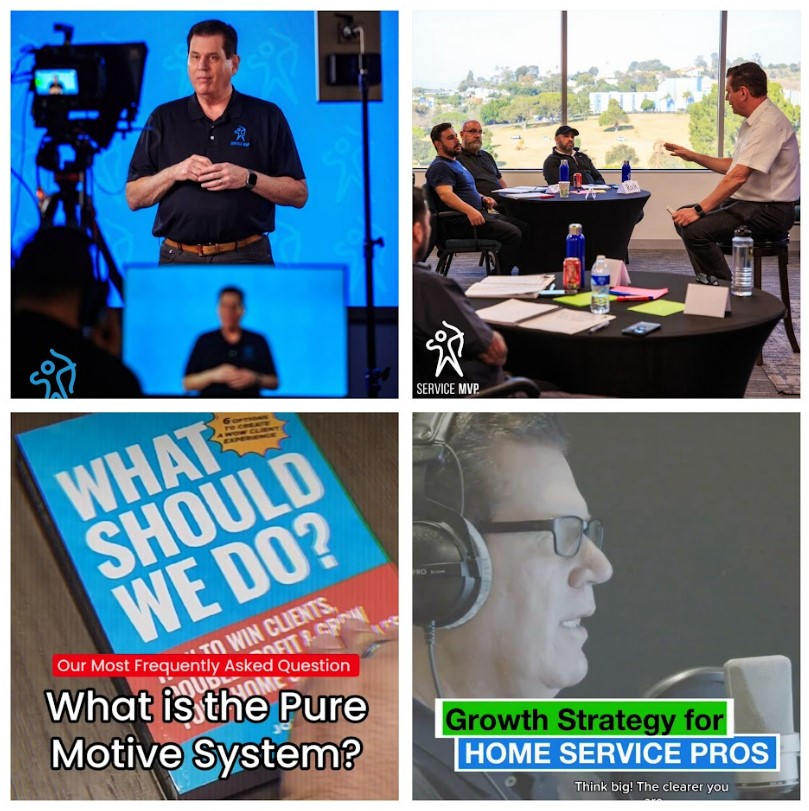
Conclusion
Book marketing isn’t easy. For most new authors, and even pros who’ve been at it for years, sales can be a challenge. Factors include the quality of your materials, readers’ interests, target market, competition, and commitment.
You must work extra hard to earn every single purchase. Your mission is to convince readers that your book is well worth their limited reading time.
A book marketing campaign coordinates six aspects. Begin by building a buzz-worthy book, and then identify and reach your circle of influence. Prepare your online presence, and navigate the media. Count down to your book launch, and work to keep the momentum.
Like your business, your book requires a long game. Keep your eyes fixed on your business goals – and persevere to impact the world around you!
And the winner is . . .
Congratulations, Susan Friend!
You’re the winner of our March giveaway. A complimentary copy of The Big Leap is coming your way. This is your year to conquer your hidden fear and take life to the next level!
